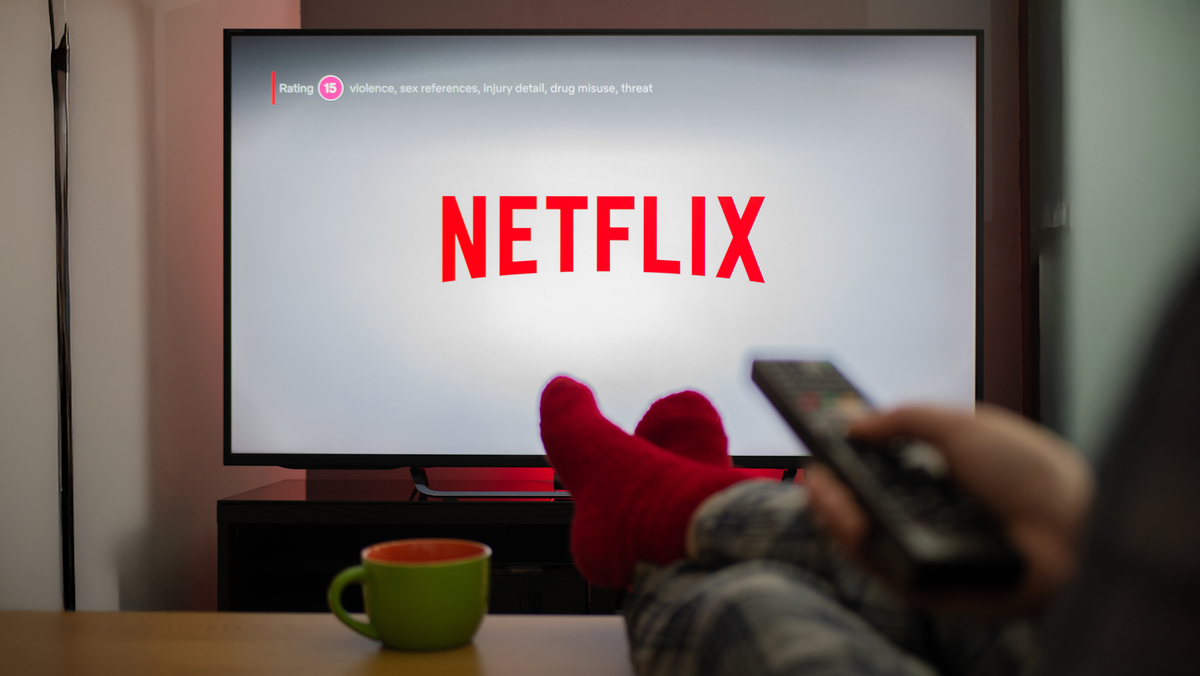
Published on 17/09/2023
Netflix increase ads
The news comes from Netflix, which is investing in ad sales and using advertising to monetize its content. It has signed a contract with Integral Ad Science (IAS) to monitor the validity of the service.
Now, both Disney and Netflix have added ad-supported tiers to their content offerings. To get all their metrics aligned to accurately measure advertising and leverage it profitably, verification is the first step. The simple formula is as follows: verified viewers = views, others = fraud (bots or other).
Advertisers who wish to use IAS can measure the impact of their Netflix campaign. The verification metric was established by the Media Ratings Council (MRC). It requires that an ad must have 50% of its pixels on the screen for two continuous seconds to be considered valid traffic and counted as "viewed."
The absurdity of calling two partial seconds on screen a valid measure is what we should question—not the fact that Netflix is simply doing what any (partially) ad-supported media company should do.
Is Netflix growing with ads?
According to internal data reported by Bloomberg, Netflix saw a 500% growth in the first month of availability of its ad tier, going from zero to five times its initial reach. This was followed by a 50% growth in the second month of ad publication.
The global advertising market (excluding China and Russia) is approximately $180 million, as reported in Netflix’s investor call, which presents huge opportunities for further growth since the percentage of consumers watching streaming content is still relatively small. When Netflix first announced its ad inventory, the CPM was at the top of ad pricing, reportedly between $60 and $65 per 1,000 views.
It all sounds like a promising start, but of course, we can’t just take Netflix’s word for it. And even though the industry standard for what counts as a valid ad impression is frighteningly low, it still takes sophisticated technology to ensure that Netflix is actually meeting it.

